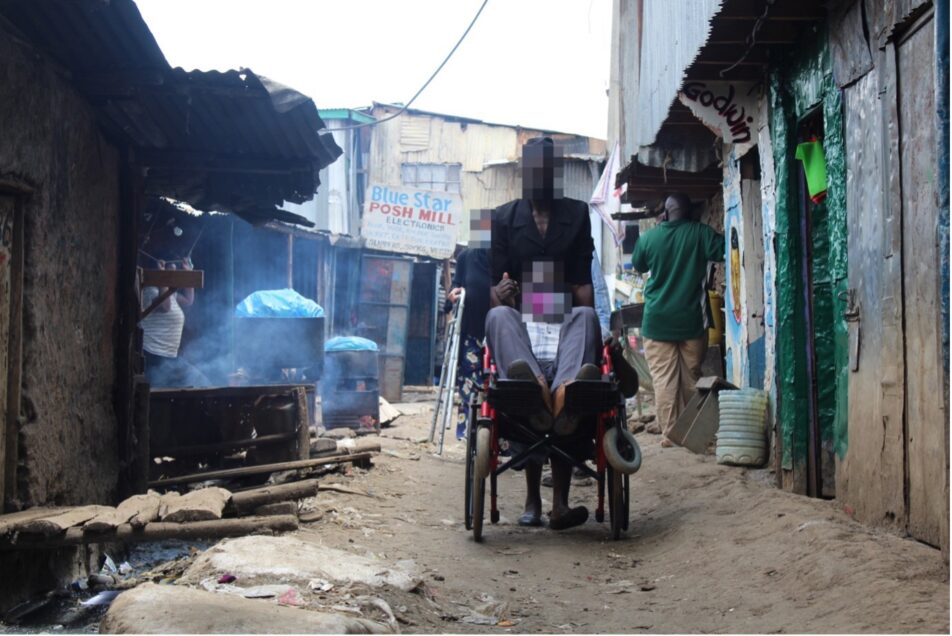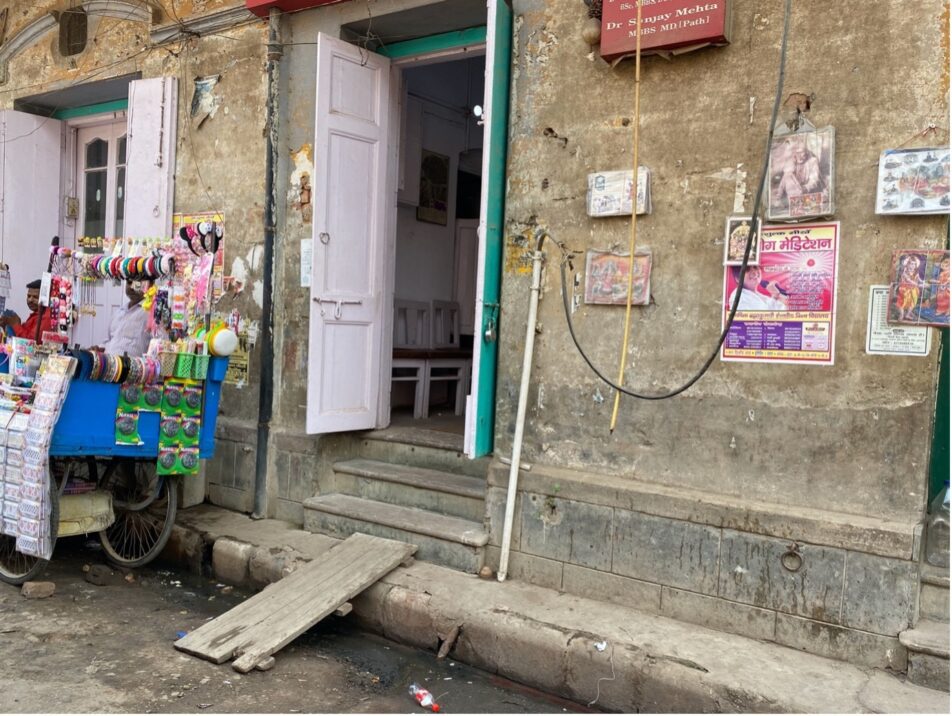What is Climate resilient inclusive design and why do we need it? GDI Hub at COP26
This year, we at GDI Hub added climate and crisis resilience as a core theme in our new strategy. We strongly believe that there is no climate justice without disability justice and that the two challenges and missions are intimately connected. 80% of people with disabilities live in low-and-middle-income countries (UNHCR), with many being more vulnerable to the impacts of climate change.
Through our work on the AT2030 programme we have seen first-hand, in lower-resourced settings, the need for resilience against changing climates and other crises to integrate inclusive and accessible design. The reality is that too often they don’t, with interventions designed for climate mitigation or adaptation failing to consider disability-inclusive design, leaving at least 15% of our population behind. This results in not only a lack of access now, but exacerbates sustainability issues as inevitable retrofitting is needed in future increasing the carbon footprint of associated construction. We need to be smarter about how we design and build for both resilience and inclusion and believe this is a role for inclusive design. GDI Hub are developing an agenda for climate resilient inclusive design that we will discuss during our side-event at COP26, co-hosted with the Asian Development Bank.

Disability, cities and climate: some facts
- There are 1.2 billion disabled people in the world
- Disabled people can be disproportionately affected by the impacts of climate change and around 80% of disabled people live in potentially more climate vulnerable settings (UNHCR).
- 60% of the built environment that will exist in 2050 hasn’t been built yet.
- According to UN Habitat, 75% of global energy consumption comes from cities.
- The construction sector accounts for 38% of energy-related CO2 emissions.
- According to a new report by UNOPS, Infrastructure is responsible for 79% of all greenhouse gas emissions and 88% of all adaptation costs
What are we asking for?
- Inclusion: Disabled people to be included in conversations about climate futures.
- Design: For the designers of the future to be smart about construction and design for resilience and inclusion together. They are interlinked aspects of good design practice.
- Technology: Inclusive, assistive and accessible technology that’s locally produced.
- Audits: Projects being retrofitted for climate resilience should also be audited and improved for accessibility and inclusion.
- Education and Awareness: Inclusive design can be sustainable, and sustainable or resilient design can be inclusive. We want architects, designers and urban planners to understand how these two concepts are interconnected and design with both in mind. Policy-makers and funders need to understand that too.
- Political Action: Governments and local governments need to commit to inclusive and resilient planning and be accountable.

Follow our event on Thursday November 11th at 09:30am GMT to set the agenda for climate resilient inclusive design. Find out more and watch the live stream here: https://www.disabilityinnovation.com/news/gdi-hub-at-cop26
We’ll be joined by speakers from the Asian Development Bank, the Mayor of Banjarmasin, Kota Kita and the International Disability Alliance.
We’ll be discussing these core questions:
- How do we adapt and design better for both people and the planet?
- What is the role of inclusive design?
- How can the design of the built environment support disabled people to be resilient in changing climates?
- What are the values and mutual benefits of inclusive and sustainable design in cities impacted by climate change? How could this be of particular benefit in low-resource settings?
- How do we define climate resilient inclusive design?
Join us and contribute to the conversation. We have one earth and it should be for everyone.
Our Director of Inclusive Design, Iain McKinnon, will be at COP26 along with co-founder of GDI Hub Dr. Maria Kett and inclusive design researcher, Mikaela Patrick. Get in touch if you’d like to catch up with them during COP26.